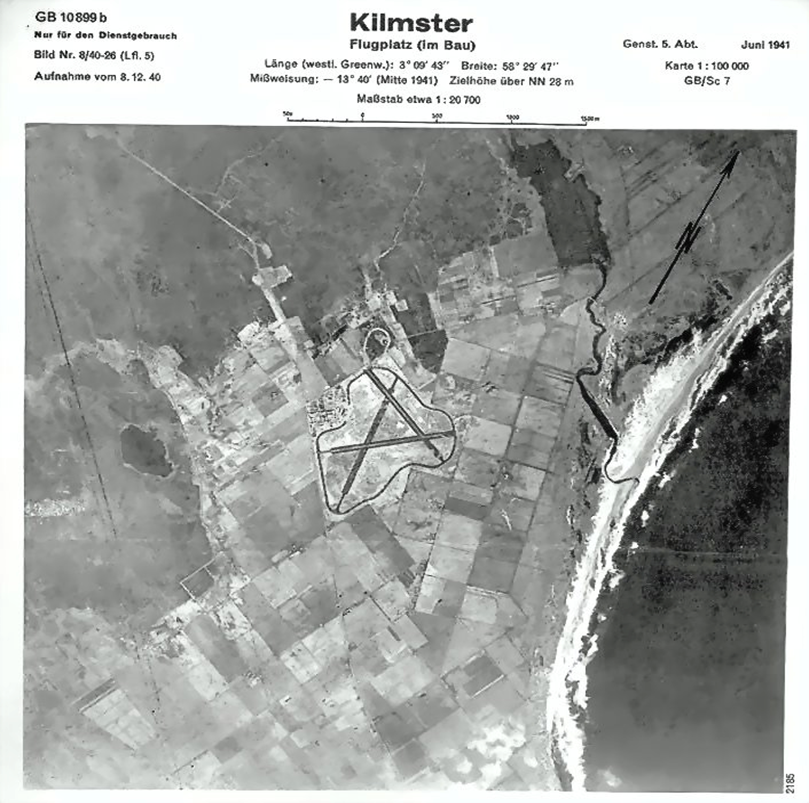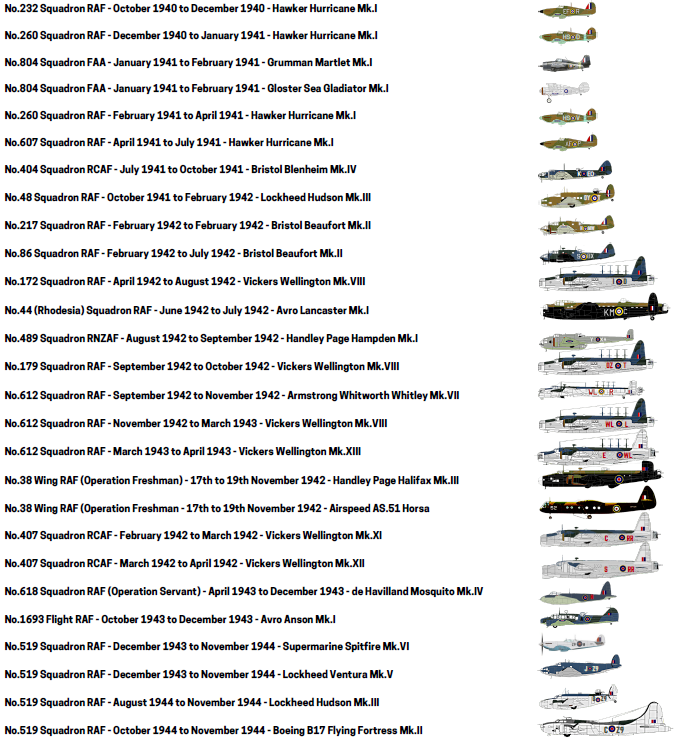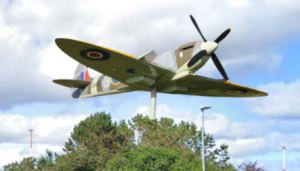Site 7. RAF Skitten
RAF Skitten was originally planned as a satellite station for RAF Wick, which at that time was part of Fighter Command, and intended to house a single fighter squadron. Construction began in March 1940 and was completed on October 14th 1940 at a cost of £356,000. By this time Wick had passed to the RAF’s Coastal Command but Skitten stayed under the control of Fighter Command for the time being by becoming a satellite for the newly opened airfield at Castletown to the north, and RAF Skeabrae on Orkney.
Control of the airfield was transferred to Coastal Command on July 27th 1941 as a satellite for Wick. As the station was originally intended for small fighter aircraft two of the runways had to be extended to accommodate the larger aircraft used by Coastal Command.
These extensions meant that Skitten could now be used by Bomber Command as an emergency airfield to enable attacks on German capital ships around northern Norway. By February 1942 the airfield was becoming seriously overcrowded, with the sergeants’ mess having to cater for two hundred personnel with facilities designed for thirty-eight!

June 1942 saw the arrival of No.44 (Rhodesia) Squadron with a detachment of Avro Lancasters, using their longer range to search for German U-boats in the ‘Faroes Gap’. In early 1943 the airfield was officially designated as a reserve base for Bomber Command which was able to accommodate twenty-four heavy bombers.
Skitten is most famous for its part in Operation Freshman, the attempt to destroy the German’s heavy water plant in Norway. Perhaps not so well known is the formation of the top secret 618 Squadron which trained here to drop a bouncing bomb, code-named Highball, onto the German battleship Tirpitz. This was known as Operation Servant.
The airfield closed in May 1945 and has now reverted to farmland with a small quarrying operation. The Bellman and eight Blister hangars that once stood around the airfield are all long gone, though a few of the airfield’s buildings remain including the original watch office. They are all now in agricultural use by Skitten farm. An interesting survivor is a Norcon pillbox which can still be seen at the entrance to the farm.
Skitten airfield and farm are private property so unfortunately there is NO PUBLIC ACCESS.
Squadrons and the Aircraft that Flew from Skitten Airfield



